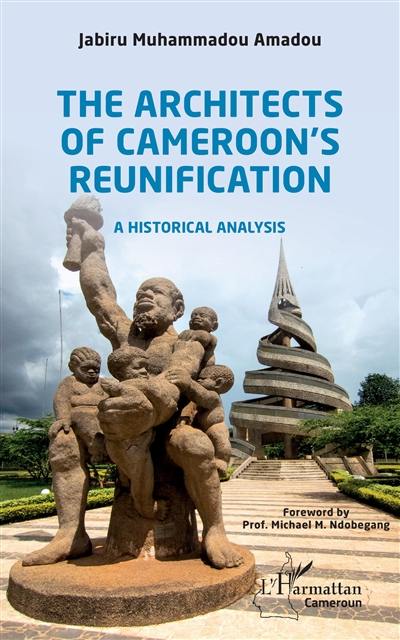
Paru le 17/04/2020 | Broché 200 pages
Public motivé
foreword by Prof. Michael M. Ndobegang
The architects of Cameroon's reunification
A historical analysis
Reunification is a historical fact that carries with it individual narratives and corporate establishment, intrigues inherent in every nation building experiment especially in Africa.
Whoever mentions reunification in Cameroon inadvertently evokes German Cameroon, Southern Cameroons, Republic of Cameroon, West Cameroon and East Cameroon in that order. On July 14, 1884 Cameroon was a German protectorate. In 1916, the Germans were driven from the Kamerun and the protectorate was partitioned by the British and French in what they referred to as the Condominium. The British and French spheres of Cameroon became League of Nations Mandated Territories, and later, United Nations Trust Territories. On January 1st, 1960, the former Cameroun under French Trusteeship became an independent state, the Cameroon Republic. Finally, on October 1st 1961, the British Southern Cameroon achieved independence by Reunifying with the Republic of Cameroon.
This study examines the role played by some of the major actors of the Reunification of Cameroon. Were they just actors or architects ? The reader will discover the reasons why we refer to them as « architects » of Cameroon's Reunification.
Jabiru Muhammadou Amadou is a research fellow and Senior Lecturer of History, Department of History, Higher Teacher Training College, University of Yaounde 1.